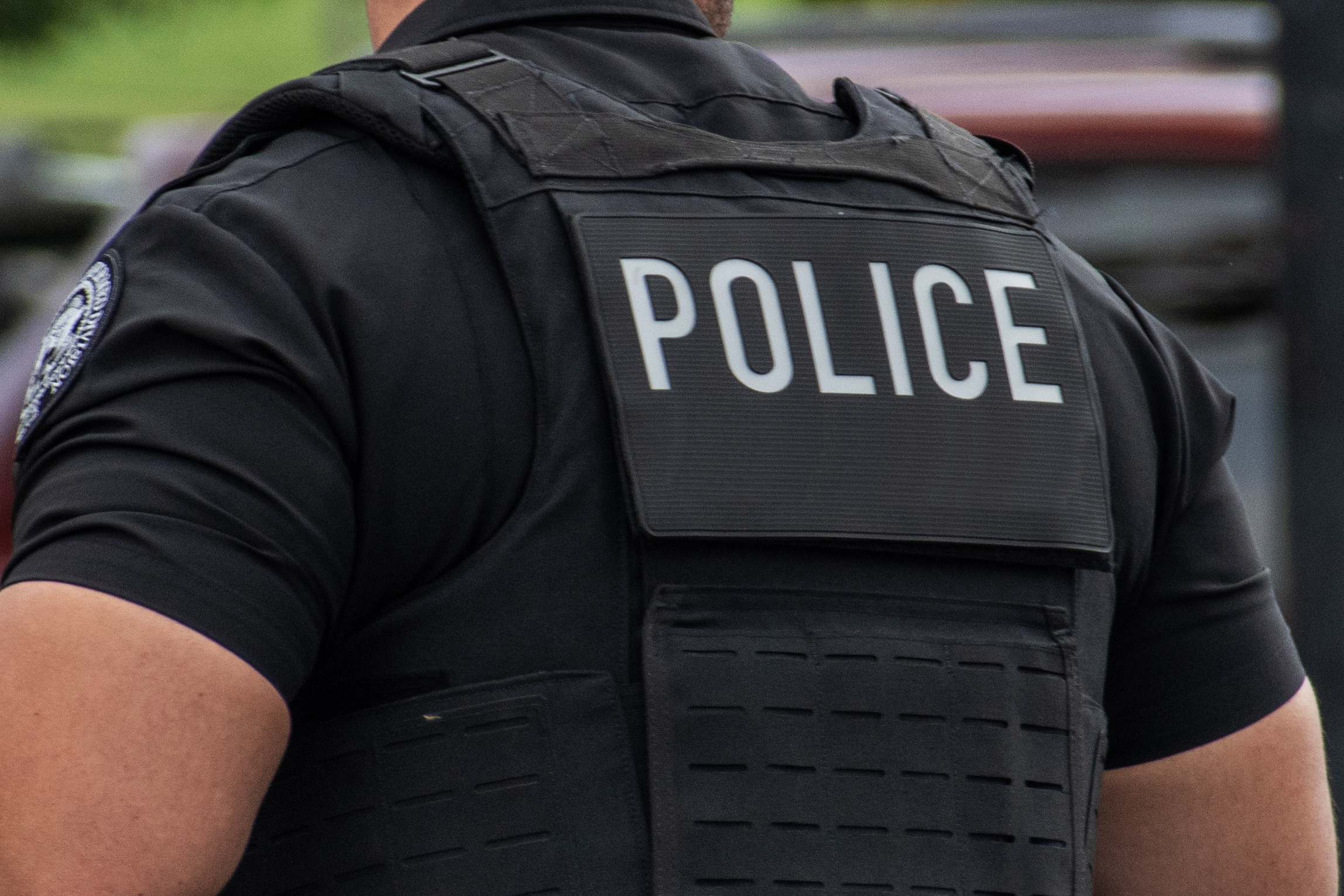Law Enforcement Challenged With Increasing On-the-Job Violence
Public entities have their work cut out for them when it comes to safeguarding law enforcement officers. We identify four common and challenging issues that, when addressed, can be very effective.
February 24, 2023

According to statistics reported to the FBI, 59 police officers were killed in the line of duty from January 1, 2021, to September 30, 2021, which is a 51% increase in the number of police officers killed when compared to the same period in the previous year. However, in the five years prior to 2020, an average of 51 law enforcement officers were feloniously killed in the line of duty, so the jump in the number in 2021 above the average over that time period may be due to police inactivity during the 2020 COVID-19 lockdowns.
“Police officers face the ongoing challenge of balancing response to violence with the appropriate use of force to control threats and not overreacting to encounters with citizens,” said Ariel Jenkins, Assistant Vice President – Risk Services at Safety National. “Officers must be equipped, trained, and receive effective reinforcement to practice this balance.”
Review of nationwide statistics found:
- 44,421 officers were assaulted with personal weapons (e.g., hands, fists, or feet); 25.8% of these officers were injured.
- 2,744 officers were assaulted with firearms; 6.1% of these officers were injured.
- 1,180 officers were assaulted with knives or other cutting instruments; 9.7% of these officers were injured.
- The remaining 11,760 officers were assaulted with other types of dangerous weapons; 16.8% of these officers were injured.
Law enforcement personnel face several challenges that can influence violence on the job:
1. Basic officer tactics and tactical awareness. This includes habits, training, and a situational awareness mindset.
Solutions: A renewed focus on the use of force continuum and de-escalation helps maintain control of risky encounters with the public. Officers should seek to take a leadership role with de-escalation when interacting with enraged or emotional subjects. Respectful, clear communication and commands are keys to getting optimal cooperation from subjects. Situational awareness and policy and procedure-based training inform the officer of the necessary use of force when responding to violent or potentially violent scenarios.
2. Officer mental health and wellness. Repeated exposure to violence and trauma can affect mental and physical wellness. Work hours and sleep deprivation, combined with the inherent stigma against the profession, can also be extremely taxing.
Solutions: We need to help remove the stigma that officers face. In addition, peer support, time off, and mental health services can significantly help. Our humanity is often our best offense in supporting our workforce. PTSD claims should be handled appropriately with a greater focus on taking care of individuals who are experiencing forms of trauma and high stress. It is crucial to not only have services available, but also to make their availability known to the workforce. The best resources, expertise, and content can help support officers’ resilience.
3. Community trust. If officers build trust within their patrolling area, their presence may be less intimidating and more welcoming. Building trust, evidence-based policing, and making efforts to reduce hostility reduces risks.
Solutions: We must start with transparency, an appreciation of service, and an understanding of the work that police officers provide communities. Time is overdue to cease polarizing narratives that do not lead to collaborative progress that is inclusive of the entire community. With trust, community cooperation with law enforcement efforts can be more effective. Citizens can provide greater insight into their communities’ challenges and serve as helpful allies. Programs that educate youth on police work and encourage high-school students to pursue careers in law enforcement or the legal profession can also support community trust.
4. Departmental leadership and support. Rank and file officers may not feel supported by the upper command.
Solutions: It is essential to align policies and procedures with established laws and how the law is applied. It is also vital to balance public safety with operating in the interest of justice and officer safety. It should be reinforced to officers that they are supported by their communities and other stakeholders in many ways. Outreach and resources are available to support officers’ well-being to help them make the best effort to conduct themselves professionally and appropriately to minimize risks to themselves and the communities they serve.

























